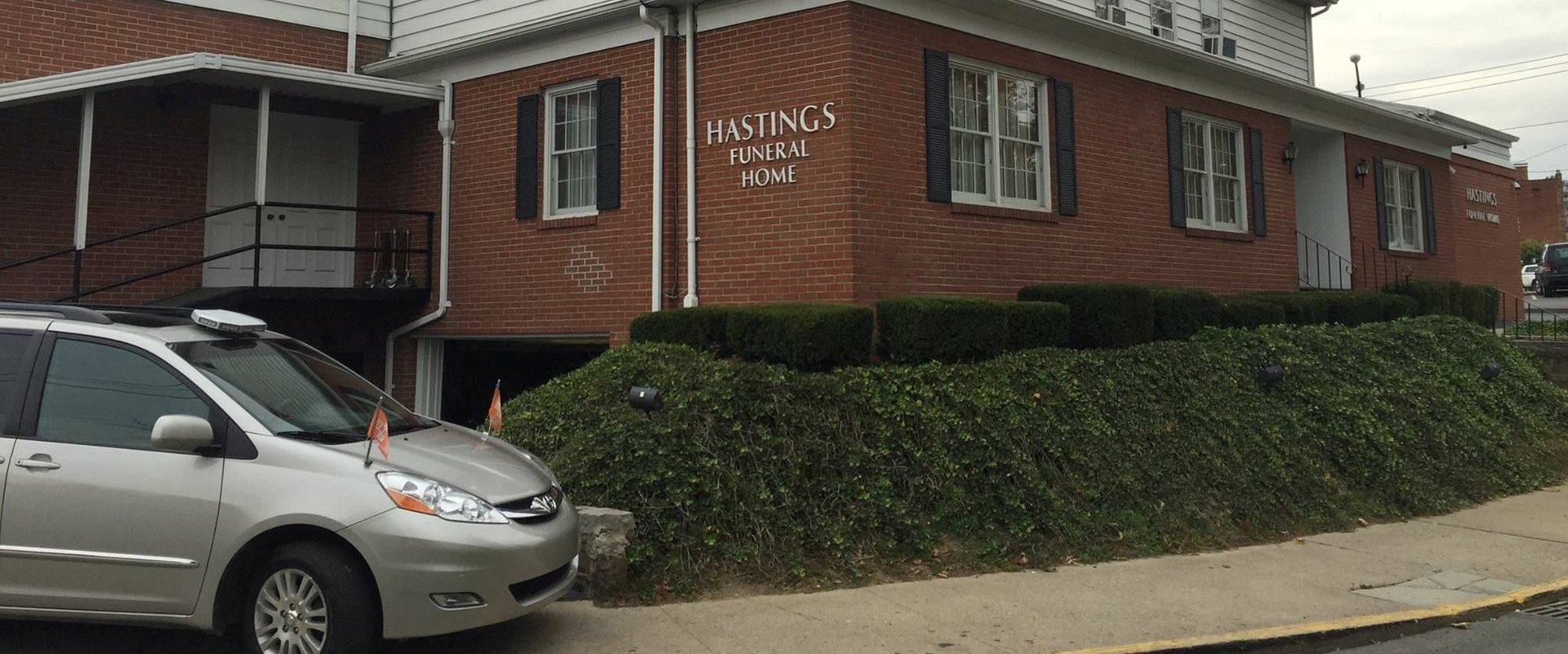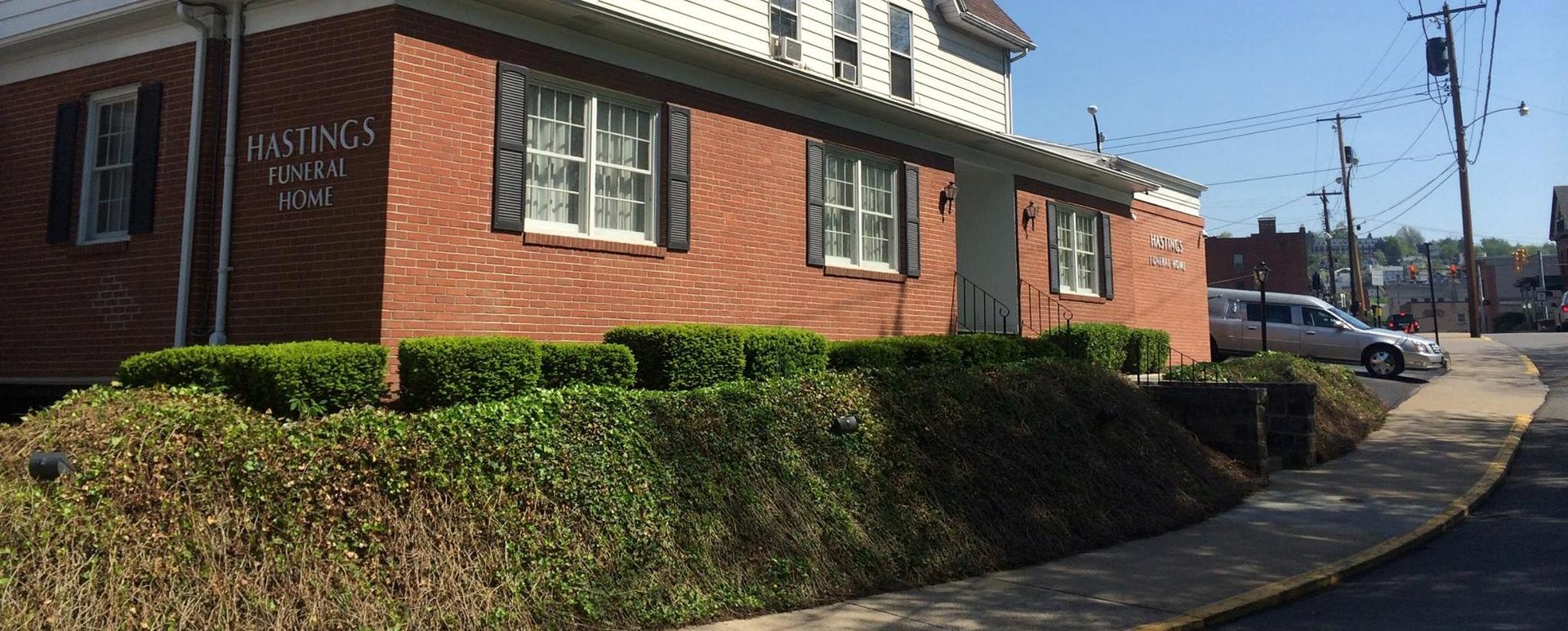Cremation Services
Cremation is an alternative to the burial process. It is chosen by many people because of religious beliefs, the desire to preserve the environment or it was requested by the person who died.
Cremation can also be a less expensive option in comparison to an earth burial or mausoleum entombment. You loved one will be placed in a container that is combustible and placed in a special furnace called a cremation chamber or a crematory. There, through intense heat, the body is reduced to bone fragments that are then pulverized to resemble course sand. The cremated remains of an average adult body will weigh about 7-8 pounds. Cremation is not an alternative to a funeral, but rather an alternative to burial or other forms of disposition.
Cremated remains can be scattered or buried, or they may be kept with the family in a decorative urn. There are many new and different ways to dispose of ashes today. Cremated remains can be placed in an artificial coral reef in the ocean, they can be launched into space or sent up in helium balloons, or they can be spun into glass pieces of art or diamonds.
Some religions welcome cremation while others forbid it. The Catholic Church had banned cremation up until 1963, and burial remains the preferred form of disposition today. In other Christian denominations cremation was historically discouraged but nowadays it is more widely accepted. In eastern religions such as Hinduism, Jainism, Sikhism and Buddhism cremation is mandated, while in Islam it is strictly forbidden. Orthodox Jews also forbid cremation; other sects of Judaism support cremation, but burial remains the preferred option.
Cremation FAQ
What is Cremation?
Cremation is the process of reducing the human body to bone fragments using high heat and flame. Cremation is not the final disposition of the remains, nor is it a type of funeral service.
Is a casket needed for Cremation?
Generally, a casket is not required. However, if there is to be a public viewing of the body prior to cremation, some type of cremation casket will need to be chosen.
Most states require an alternative container constructed of wood or cardboard, however, in some states no container is required.
Is embalming required prior to cremation?
No. In fact it is against the law for a funeral home to tell you otherwise. Only in circumstances where a public viewing of the body is to take place prior to cremation, or at the verbal and written consent of the next of kin may a body be embalmed.
Can the body be viewed without embalming?
Yes. Our funeral home refers to this as a private identification viewing. Only immediate, invited family members may be present with the deceased for a period of up to 30 minutes.
Can the family witness the cremation?
Yes. Some cremation providers will allow family members to be present when the body is placed in the cremation chamber. Some religious groups even include this as part of their funeral custom.
Can an urn be brought into church?
Nearly all Protestant Churches allow for the urn to be present during the memorial service. Most Catholic Churches also allow the remains to be present during the Memorial Mass. It is encouraged that cremated remains be a part of a funeral as it provides a focal point for the service.
What can be done with the cremated remains?
While laws vary state by state, for the most part remains can be buried in a cemetery lot or a cremation garden, interred in a columbarium, kept at home or scattered.
How can I be sure I receive the correct remains?
Our crematory has developed rigorous sets of operating policies and procedures in order to maximize the level of service and minimize the potential for human error. Since it is illegal to perform more than one cremation at a time, and the vast majority of crematories can only cremate one body at a time, it is next to impossible to receive the incorrect remains.
How long does the actual cremation take?
It all depends on the weight of the individual. For an average sized adult, cremation can take two to three hours at a normal operating temperature of between 1,000 and 2,000 degrees Fahrenheit.
What do the cremated remains look like?
Cremated remains resemble coarse sand and are whitish to light grey in color. The remains of an average sized adult usually weighs between 7 and 8 pounds.
Are all the cremated remains returned?
With the exception of minute and microscopic particles, which are impossible to remove from the cremation chamber and processing machine, all of the cremated remains are given back to the family.
Do I need an urn?
An urn is not required by law. However, an urn may be desired if there is to be a memorial service or if the remains are to be interred in a cemetery. If an urn is not purchased or provided by the family, the cremated remains will be returned in a temporary plastic container.






